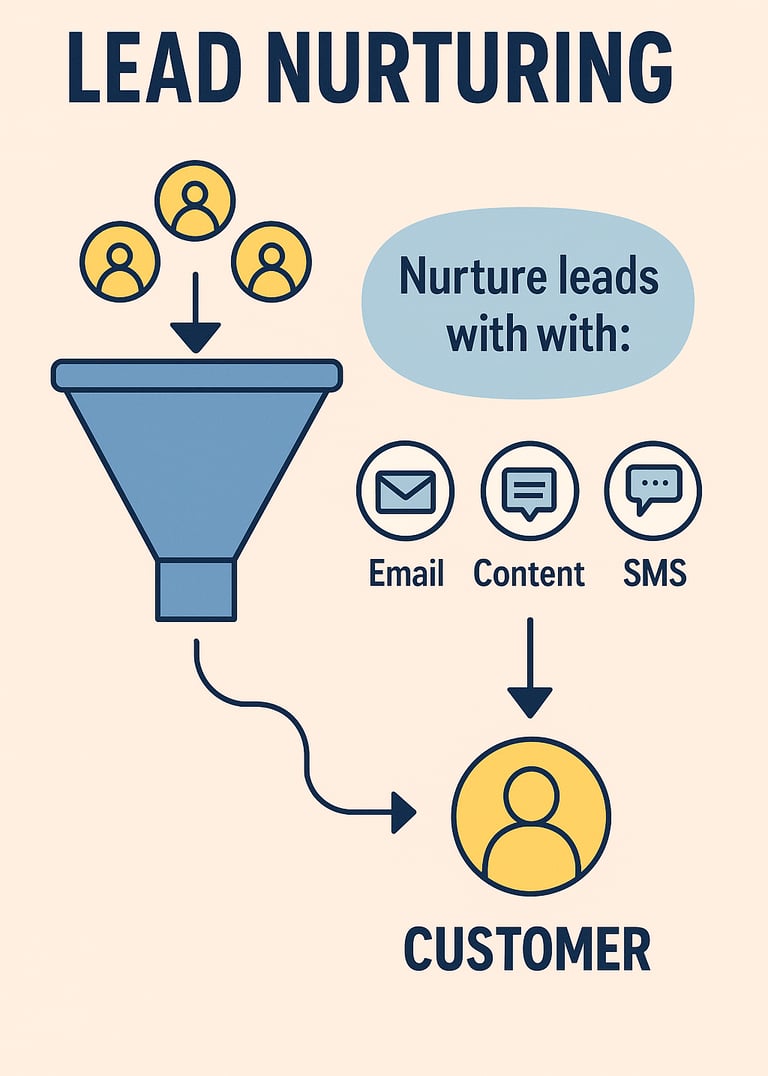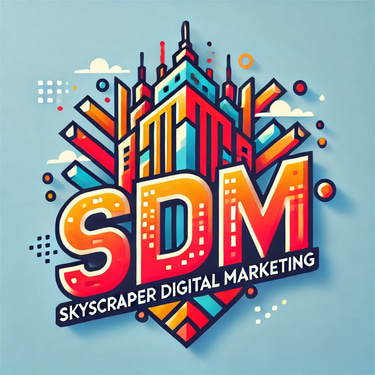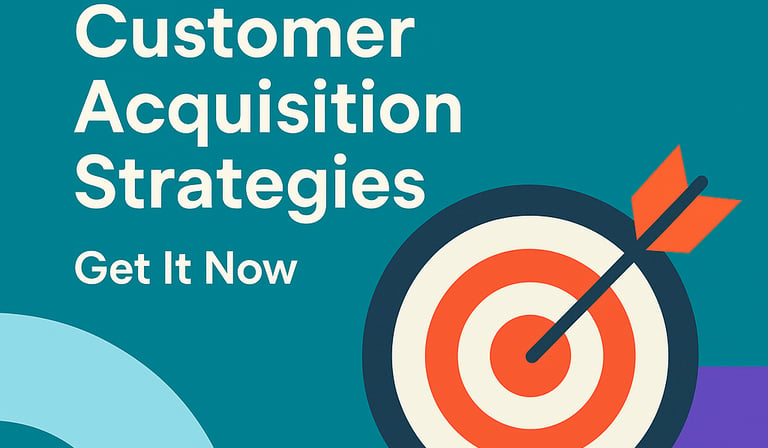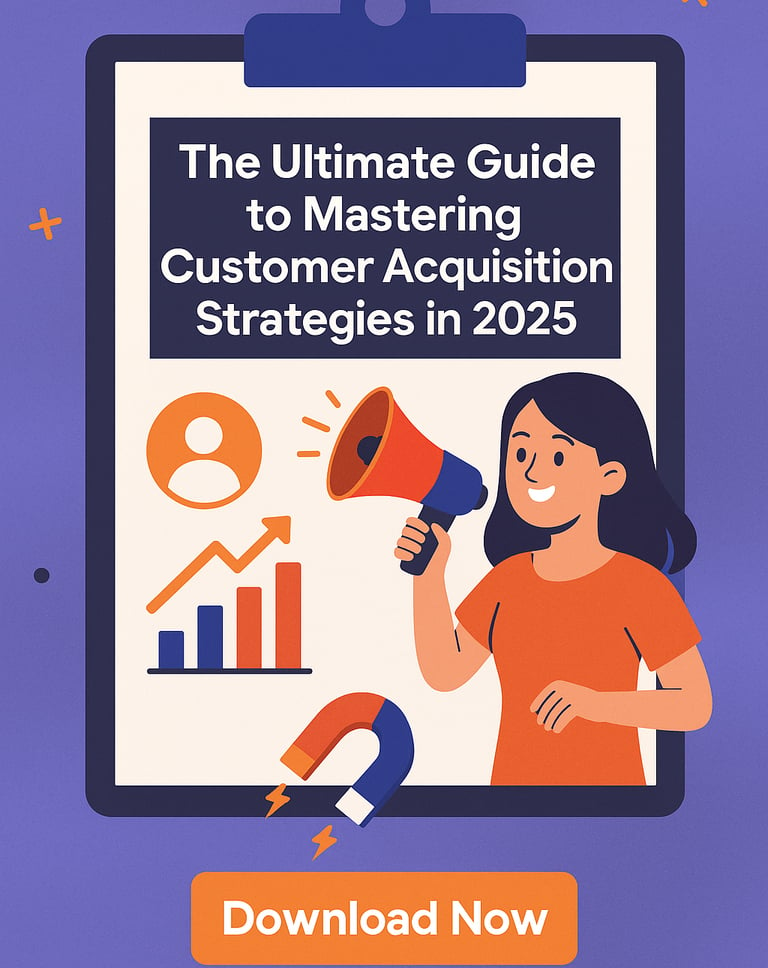The Ultimate Guide to Mastering Customer Acquisition Strategies in 2025
Learn customer acquisition strategies for small businesses and startups in 2025. Get practical tips on SEO, paid ads, content, and automation to attract and convert more customers.
CUSTOMER ACQUISITIONMARKETING STRATEGY
Jireh Gibson
7/8/20256 min read


Mastering the art of customer acquisition is no easy feat—especially in the hyper-evolving digital landscape of 2025. Algorithms shift. Platforms rise and fall. Consumer expectations change seemingly overnight. But through all the noise, one truth remains: businesses that consistently win at customer acquisition don’t rely on guesswork. They adapt, experiment, optimize, and execute with ruthless clarity.
This comprehensive guide breaks down the most effective, up-to-date strategies to help you attract and retain the right customers in 2025. From bleeding-edge growth tools to time-tested marketing fundamentals, this is your roadmap to mastering customer acquisition in a world where attention is short and competition is fierce.
Learn real-world tactics for customer growth, no matter your experience level.
Let’s cut the fluff and get into it.
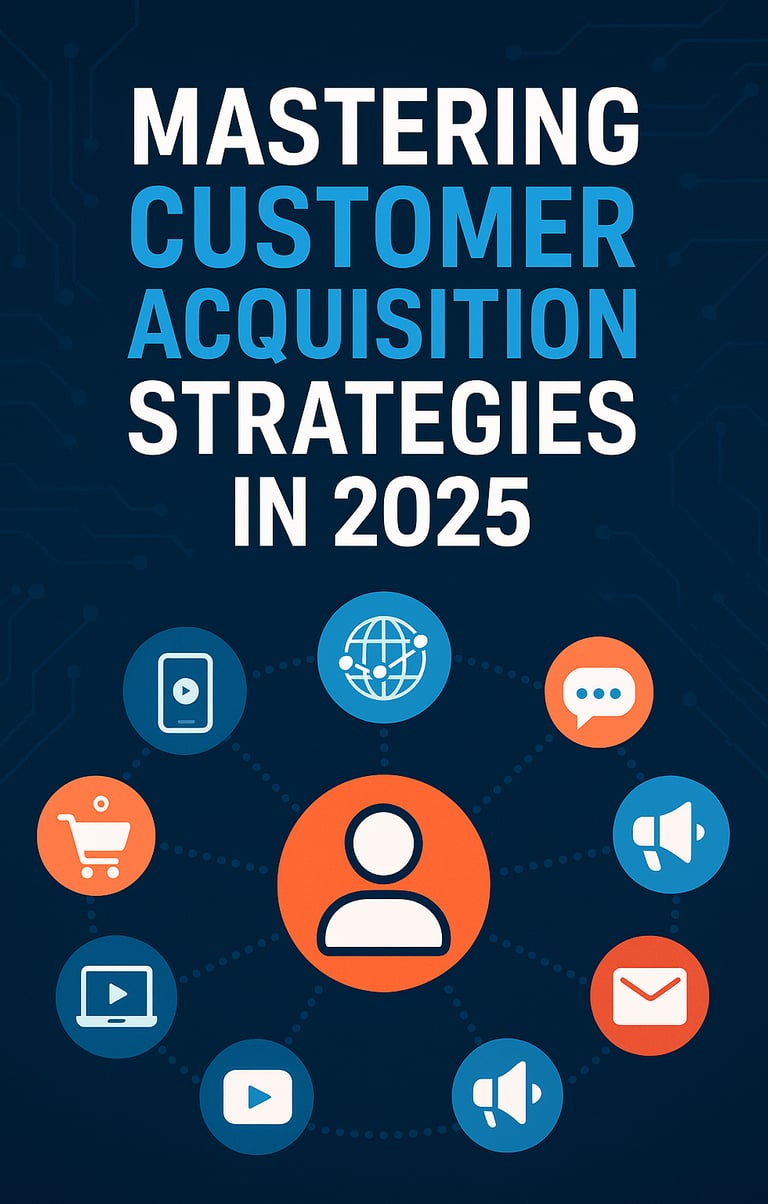

What Is Customer Acquisition Really?
At its core, customer acquisition is the process of bringing new customers into your business. But in 2025, it’s more than just getting someone to click “buy.” It’s about building trust at scale. It's aligning your offer with the right person, at the right time, through the right channel—while minimizing acquisition costs and maximizing lifetime value.
Customer acquisition is a system, not a single tactic. And the better your system, the more predictable your growth.
That means understanding every touchpoint a potential customer interacts with—from ads and social posts to landing pages and follow-up emails. It means continuously testing, iterating, and optimizing across every stage of the journey. Success in acquisition now depends on how well your team integrates data, automation, and storytelling.
The Modern Customer Acquisition Funnel: What’s Changed?
The traditional funnel—Awareness → Interest → Decision → Action—isn’t dead, but it’s evolved. In 2025, the customer journey is fragmented across devices, platforms, and micro-moments. Consumers may jump from a TikTok review to a Reddit thread, then Google your brand, scan your Instagram, and check YouTube before ever hitting your site.
Here’s what a modern funnel includes:
Awareness: Content, paid ads, UGC, influencers
Consideration: Social proof, reviews, email capture, retargeting
Conversion: Optimized landing pages, urgency triggers, low-friction CTAs
Retention: Email sequences, loyalty perks, onboarding experience
Referral: Affiliate programs, share incentives, social clout mechanics
To succeed in 2025, you need to track the entire customer lifecycle—not just the first click.
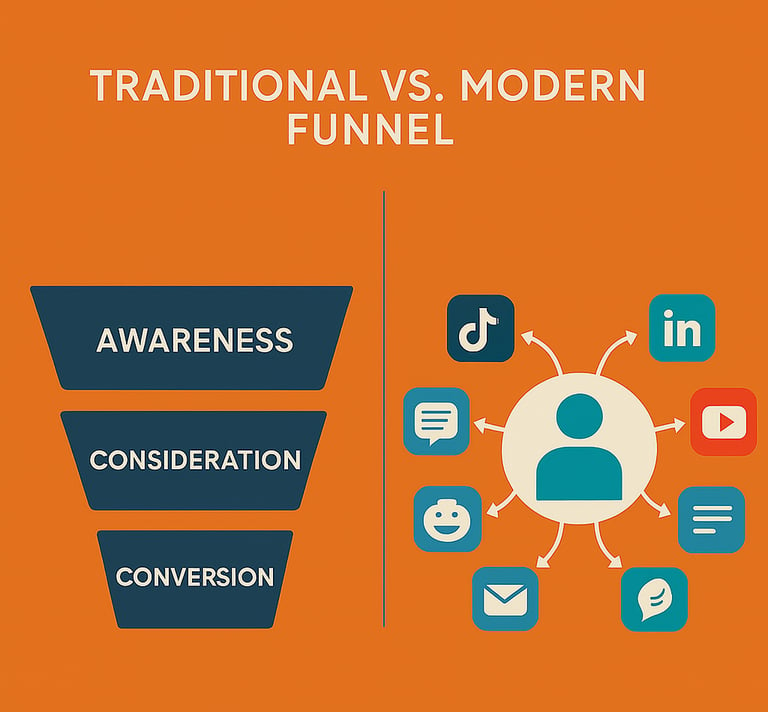

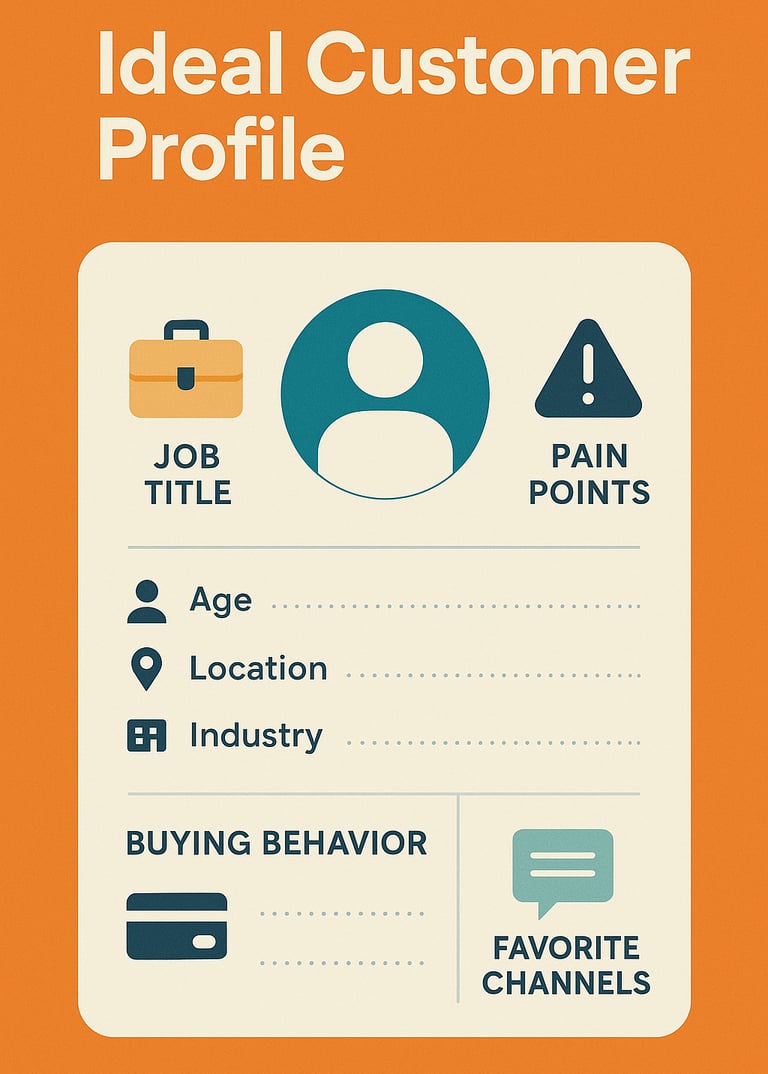

Nail Your Ideal Customer Profile (ICP)
Before spending a single dollar on marketing, know who you’re targeting. Not in vague terms like “millennials who love coffee,” but with data-backed precision.
Ask:
Who are your most profitable customers?
What do they really care about?
What platforms do they hang out on?
What’s their day-to-day life like?
Who or what influences their buying decisions?
What triggers them to search for a solution like yours?
Use tools like:
SparkToro for audience insights
Clearbit for enrichment
Typeform surveys to gather first-party data
Create one or two high-resolution customer avatars and let them guide every acquisition decision.Write your text here...
Lean Into Content-Led Acquisition
Content is no longer just a brand play—it’s a full-funnel acquisition engine. And in 2025, content spans far beyond blogs.
Here’s what’s working now:
Short-form video (TikTok, Reels, YouTube Shorts): Hook fast, solve a problem, showcase value
Micro-influencer collabs: 10K–100K follower accounts often outperform celebrity influencers in engagement
Thought leadership on LinkedIn: Especially for B2B or high-ticket services
Podcasts and guest spots: Niche, loyal audiences with buying intent
Interactive tools: Quizzes, ROI calculators, product finders
Pro Tip: Don’t just post. Distribute with intent. Repurpose your top content across formats, and test what channels deliver the best CAC (customer acquisition cost).
Build a Performance-Based Paid Media Engine
Paid ads still work—if you do it right. In 2025, privacy rules and AI targeting have changed the game. Here’s how to win:
Use AI-powered creative testing: Tools like Pencil and AdCreative.ai generate dozens of ad variations based on your goals and creative brief.
Prioritize first-party data: Create lookalike audiences using your CRM, email list, or loyalty data.
Focus on ROAS-positive campaigns: Run aggressive A/B tests. Kill underperformers fast.
Diversify platforms: Don’t rely on just Meta or Google. Test TikTok Ads, Reddit Ads, Quora, even Pinterest depending on your ICP.
Don’t forget to track everything. Use tools like Triple Whale or Northbeam to attribute revenue across touchpoints.
Conversion Rate Optimization (CRO) Isn’t Optional
If you’re spending money to drive traffic but not optimizing your conversion paths, you’re burning cash. Simple as that.
Here’s what to optimize:
Landing pages: Clear headline, benefit-first copy, strong CTA above the fold
Forms: Minimize fields, autofill when possible, add trust badges
Speed: Mobile site load times must be under 3 seconds
Social proof: Customer testimonials, video reviews, trust indicators
Urgency triggers: Countdown timers, low-inventory messaging, fast-shipping promises
Use tools like VWO or Hotjar for heatmaps and behavior tracking. Iterate fast. Small changes = big lifts.
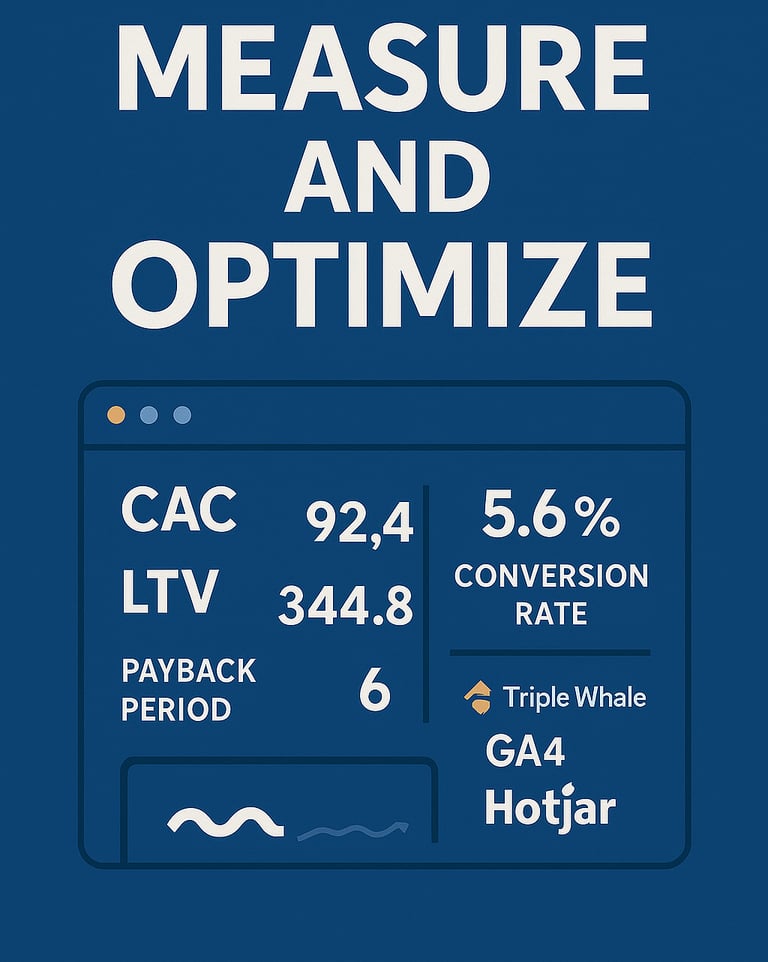

Use Retargeting to Re-Capture Interest
Most people won’t convert on their first visit. That’s fine—if you have a retargeting plan.
Build multi-touch retargeting flows across:
Facebook & Instagram
Google Display Network
YouTube Pre-Roll Ads
Email + SMS
Segment by behavior:
Added to cart but didn’t buy? Show urgency.
Viewed product but bounced? Serve testimonials.
Spent 2+ mins on page? Offer discount or lead magnet.
Retargeting is about reminding, reinforcing, and re-engaging.
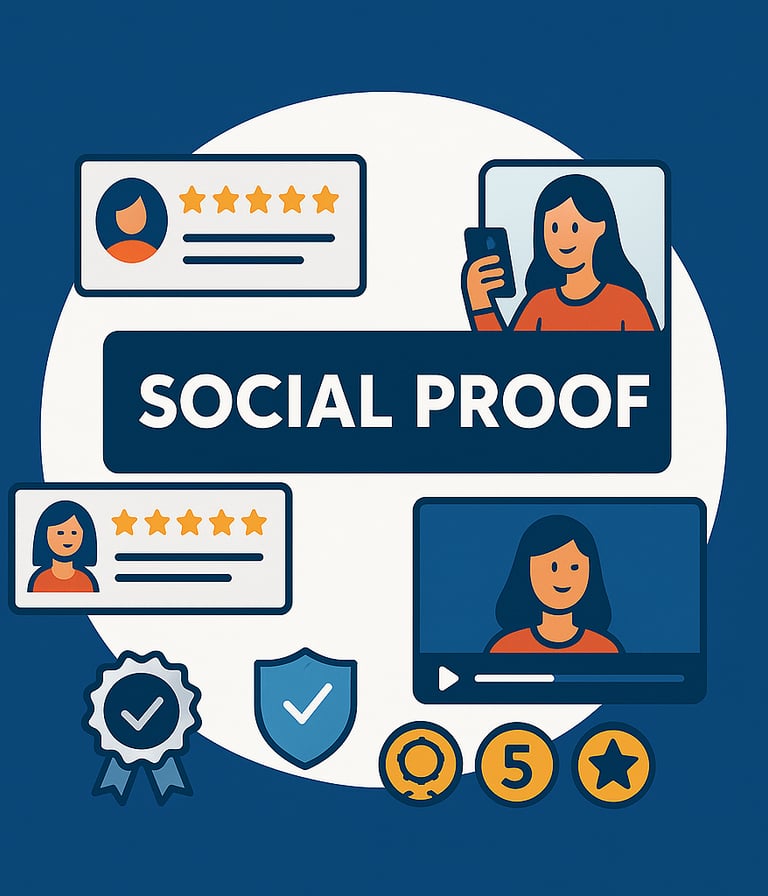

Automate Lead Nurturing Like a Pro
The top of your funnel doesn’t mean much if you don’t nurture leads to conversion.
Use marketing automation tools like:
HubSpot
ActiveCampaign
Klaviyo (especially for eCommerce)
Set up flows for:
Welcome sequence
Product education
Cart abandonment
Reactivation (win-back)
Personalize based on behavior and timing. The right message at the right time = higher conversion rates.
Leverage Social Proof and *UGC
In 2025, trust is currency. Buyers are skeptical of brand claims—but they trust peers.
Here’s how to build that trust:
Encourage customer reviews (on-site, Google, Trustpilot)
Run UGC campaigns: Ask customers to share product photos or testimonials
Partner with creators: Let influencers tell your story authentically
Display social proof prominently on product pages, landing pages, and ads
Pro Tip: Use tools like Okendo, Loox, or Junip to automate review collection and display.
*User Generated Content
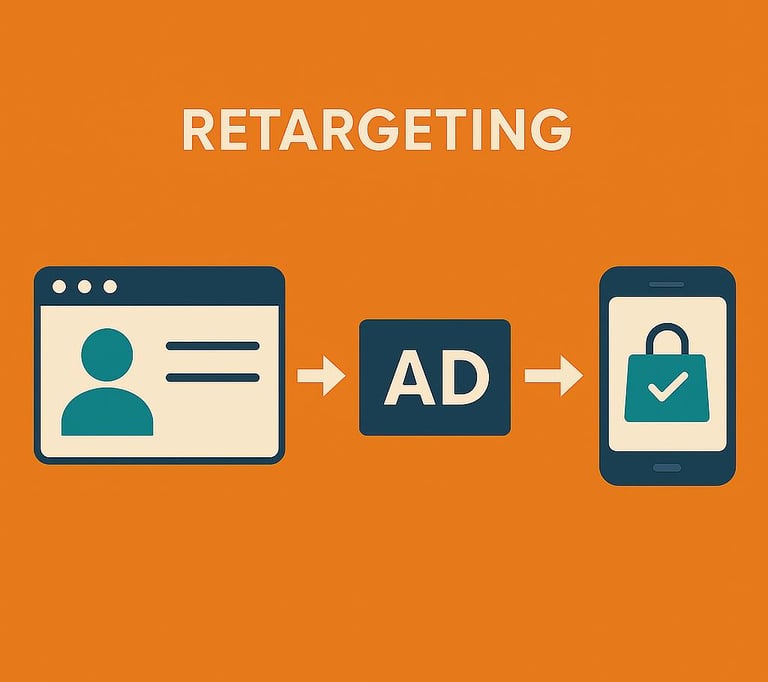

Partner for Growth with Affiliates and Influencers
Affiliate marketing is having a big moment in 2025, especially with the rise of content creators and niche communities.
How to do it well:
Find relevant partners: Not just big names—look for niche creators with engaged audiences
Use clear tracking: Platforms like Impact, Refersion, or Tapfiliate
Offer real value: Generous commissions, exclusive access, bonuses for top performers
Influencer partnerships are strongest when they’re ongoing, not one-off. Build relationships, not just transactions.
Expand Through Strategic Collaborations
Smart brands are growing by teaming up. Why compete for attention when sharing it is much better?
Examples:
Co-branded content: Partner with another company to create a guide, webinar, or product bundle
Cross-promotions: Feature each other in newsletters or social channels
Referral partnerships: Incentivize businesses to send you qualified leads
Joint events or workshops: Host live or virtual events together to tap into both audiences and generate leads in real time
Partnerships lower CAC, expand reach, and build credibility. Win-win-win.
Measure What Actually Matters
Vanity metrics won’t grow your business. Focus on what drives profit and sustainable growth.
Key metrics to watch:
Customer Acquisition Cost (CAC)
Customer Lifetime Value (LTV)
Payback Period
Churn rate (for subscriptions)
Conversion rate per channel
Use attribution models that reflect your funnel complexity—especially if your customer journey spans weeks or channels.
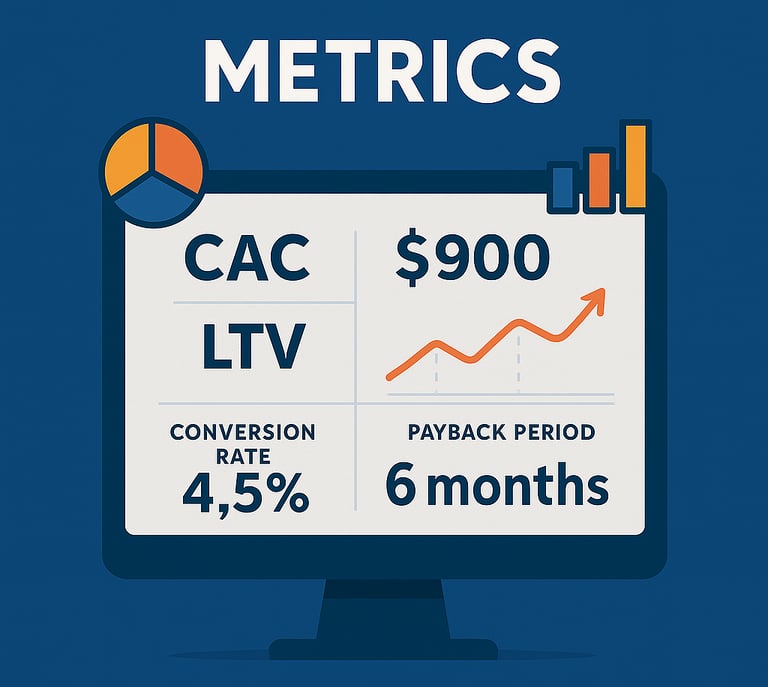

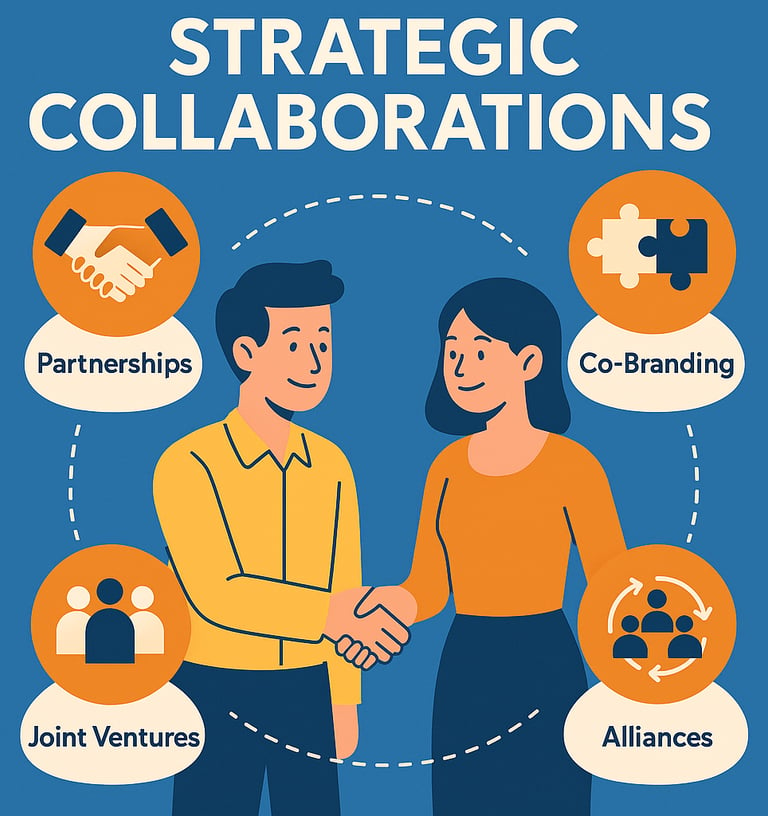

Bonus: What's Working Right Now in 2025
Here are 5 trends making waves in customer acquisition this year:
Zero-click content: Providing value directly on the platform (e.g., LinkedIn posts, Instagram carousels) to build trust before the click.
AI chat funnels: Using GPT-powered chatbots on websites to qualify leads, answer objections, and guide to sale.
Interactive video ads: Especially effective on TikTok and YouTube—engaging viewers with “choose your path” content.
SMS-first campaigns: Particularly strong for time-sensitive offers, product drops, and exclusive access.
Community-led growth: Private Discords, Slack groups, or communities that drive engagement and referrals organically.
Final Thoughts: Customer Acquisition in 2025 Is About Precision
Customer acquisition isn’t about doing everything. It’s about doing the right things for your business, your audience, and your resources.
If you take one thing from this guide, let it be this: the brands that win in 2025 don’t chase hacks—they build systems. They understand their customers better than the competition. They test relentlessly. They execute with focus.
So audit your funnel. Tighten your targeting. Sharpen your message. Track what matters.
Then go get those customers.
